Is Lycra Better Than Silk for Curtains?
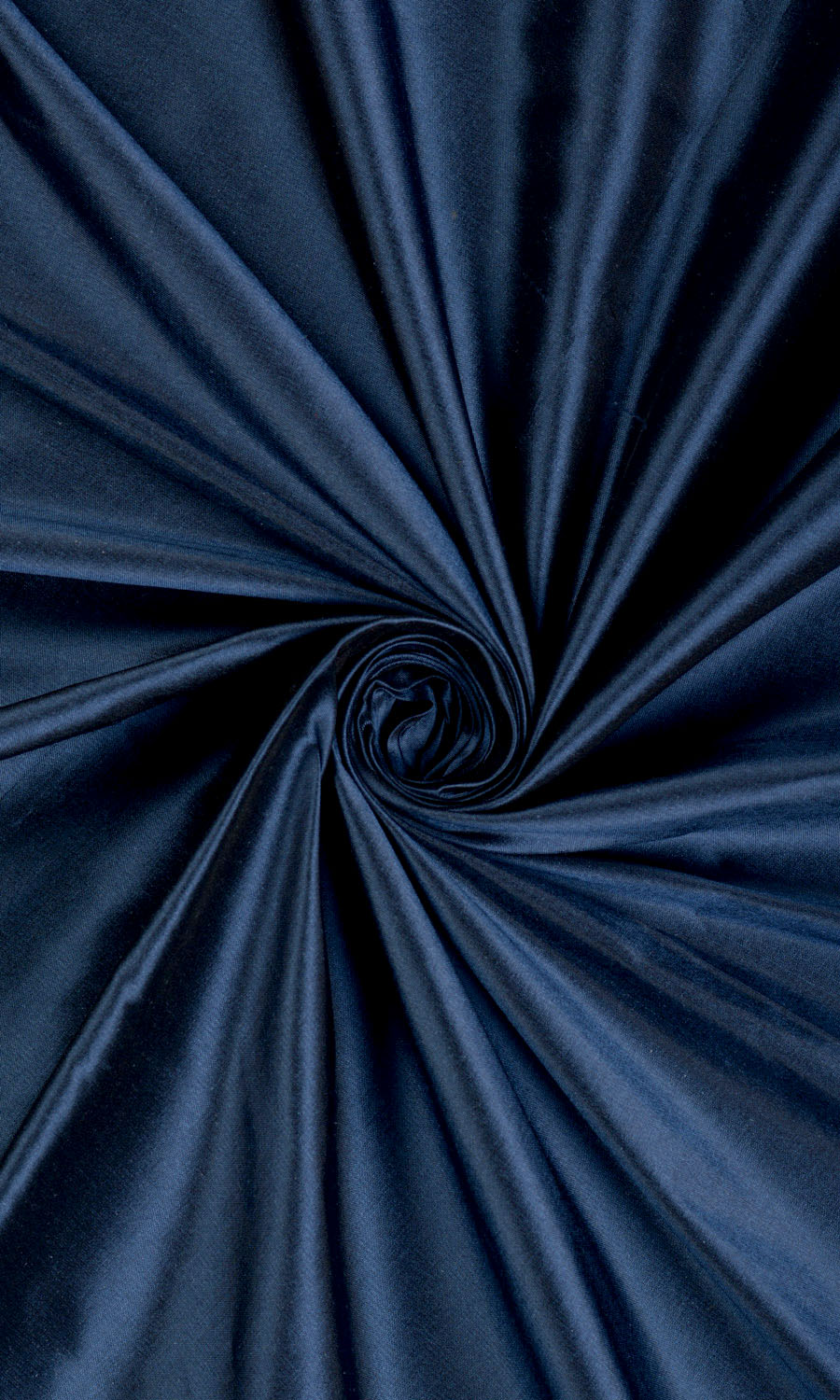
Choosing the right fabric for curtains is crucial for both aesthetic appeal and functionality. While lycra and silk are popular fabrics, their suitability for curtains varies. In this article, you’ll discover whether lycra is better than silk for curtains, examining their properties, benefits, and challenges.
Introduction
Fabric compatibility is vital in sewing and fashion, impacting the final product’s look and feel. Lycra and silk, each with unique characteristics, present an interesting pairing. This article will explore whether lycra is better than silk for curtains, considering texture, durability, and care.
Compatibility Analysis
Is Lycra Better Than Silk for Curtains?
No, lycra is not better than silk for curtains. Silk, with its luxurious texture and elegant drape, is more suitable for curtains. Lycra, known for its stretch and elasticity, is better suited for clothing. Here’s why:
- Texture and Weight: Silk offers a rich, smooth texture and heavier weight, ideal for drapes. Lycra’s stretchiness and lightweight nature make it less suitable for curtains.
- Care Requirements: Silk requires delicate handling and dry cleaning, while lycra is machine-washable.
- Durability: Silk is durable but sensitive to sunlight, whereas lycra is more resistant to wear but not ideal for long-term exposure.
Fabric Properties Comparison Table
| Property | Silk | Lycra |
|---|---|---|
| Fiber Content | Natural | Synthetic |
| Weight and Thickness | Medium to heavy | Light |
| Breathability | High | Moderate |
| Stretch and Elasticity | Low | High |
| Wrinkle Resistance | Moderate | High |
| Care Instructions | Dry clean | Machine wash cold |
| Durability | Moderate | High |
Benefits of Mixing These Fabrics
- Enhanced Texture: Combining lycra’s elasticity with silk’s smoothness can create unique textures in fashion.
- Improved Comfort: Lycra’s stretch adds comfort to silk garments.
- Better Drape: Silk’s weight complements lycra’s flexibility, enhancing drape.
- Cost-Effectiveness: Mixing can reduce costs by using less silk.
- Seasonal Versatility: Silk’s insulation and lycra’s breathability offer year-round wear.
- Design Possibilities: The blend allows for innovative fashion designs.
Potential Challenges
- Different Shrinkage Rates: Silk and lycra shrink differently, affecting seam alignment.
- Conflicting Care Requirements: Silk’s need for dry cleaning contrasts with lycra’s machine washability.
- Texture Clash: Silk’s smoothness may not pair well with lycra’s stretch.
- Seam Puckering: Different fabric tensions can cause puckering.
- Color Bleeding: Silk is prone to color bleeding; pre-washing is necessary.
Solutions: Pre-wash fabrics, use compatible threads, and test care methods.
Sewing & Styling Tips
- Sewing Techniques: Use a stretch needle for lycra and a fine needle for silk.
- Needle Recommendations: Size 70/10 for silk, 75/11 for lycra.
- Interfacing Needs: Light interfacing for silk; none for lycra.
- Seam Finishing: French seams for silk, overlock for lycra.
- Pattern Selection: Choose simple patterns to accommodate stretch.
- Styling Ideas: Use silk for elegant drapes and lycra for casual wear.
Care & Maintenance Guide
- Washing Instructions: Hand wash silk, machine wash lycra on cold.
- Drying Recommendations: Air dry silk, tumble dry lycra on low.
- Ironing Tips: Use low heat for silk, avoid ironing lycra.
- Stain Removal: Use silk-specific stain removers; lycra can handle gentle detergents.
- Long-term Care: Store silk in a dark, dry place; lycra should be folded, not hung.
FAQ Section
-
Can you wash silk and lycra together?
No, silk requires gentle washing, while lycra can be machine washed. -
Will silk shrink more than lycra?
Yes, silk is more prone to shrinkage. -
What needle size should I use for sewing silk and lycra together?
Use a 70/10 needle for silk and a 75/11 for lycra. -
Can you mix silk and lycra in one garment?
Yes, but be mindful of care requirements and seam techniques. -
How do you prevent seam puckering when combining these fabrics?
Use compatible threads and adjust tension settings. -
Is it okay to mix silk and lycra for upholstery?
No, silk is not durable enough for upholstery, and lycra lacks the necessary structure. -
What’s the best way to finish seams with silk and lycra?
French seams for silk and overlock for lycra ensure a clean finish.
In conclusion, while lycra and silk each offer unique benefits, silk is generally better suited for curtains due to its texture, drape, and aesthetic appeal. However, combining these fabrics in fashion can lead to innovative designs, provided their different properties are carefully managed.
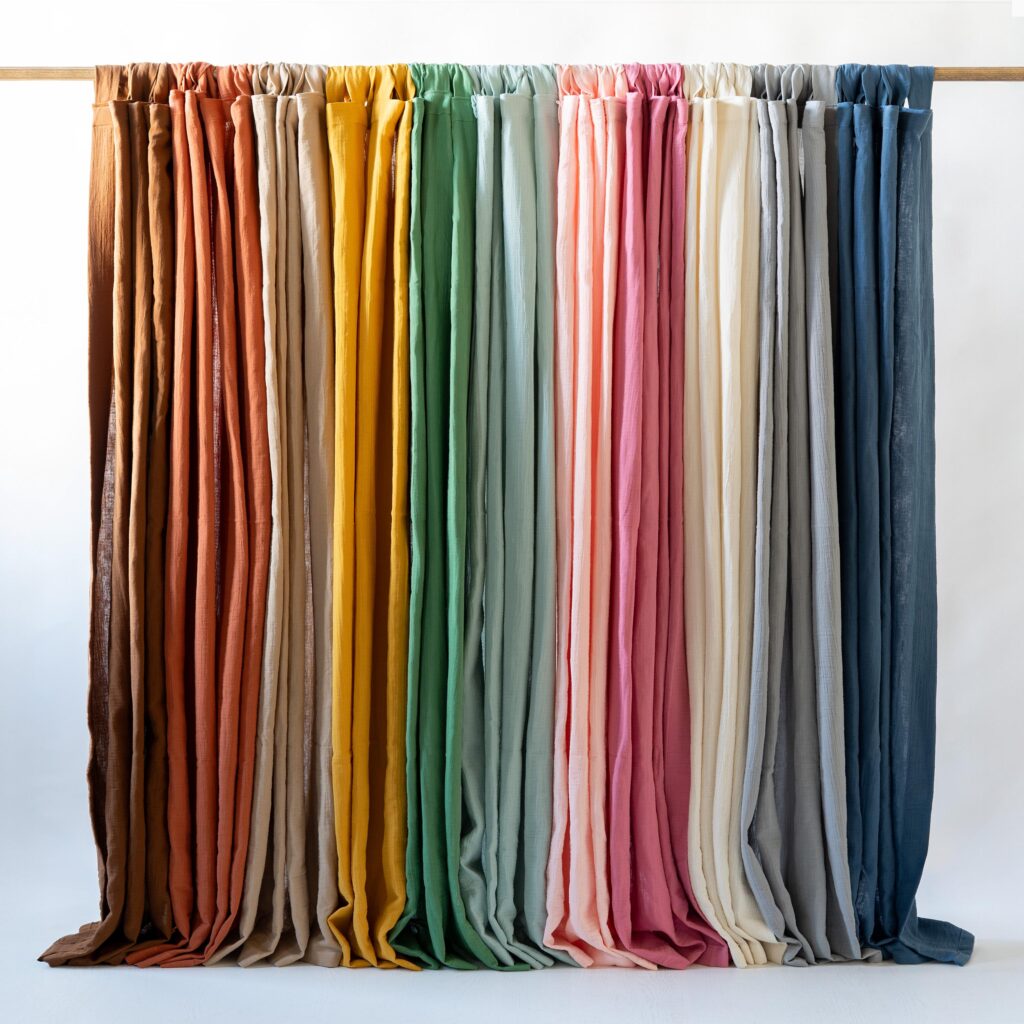
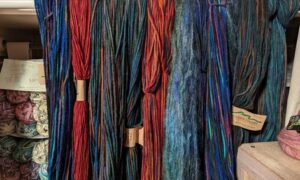
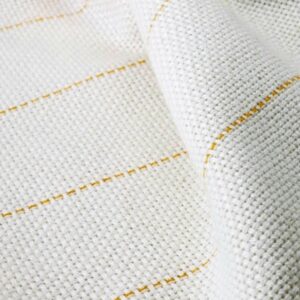
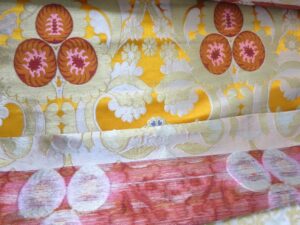
Leave a Reply